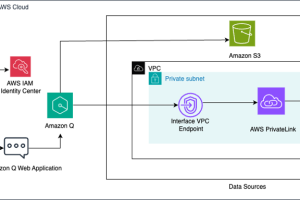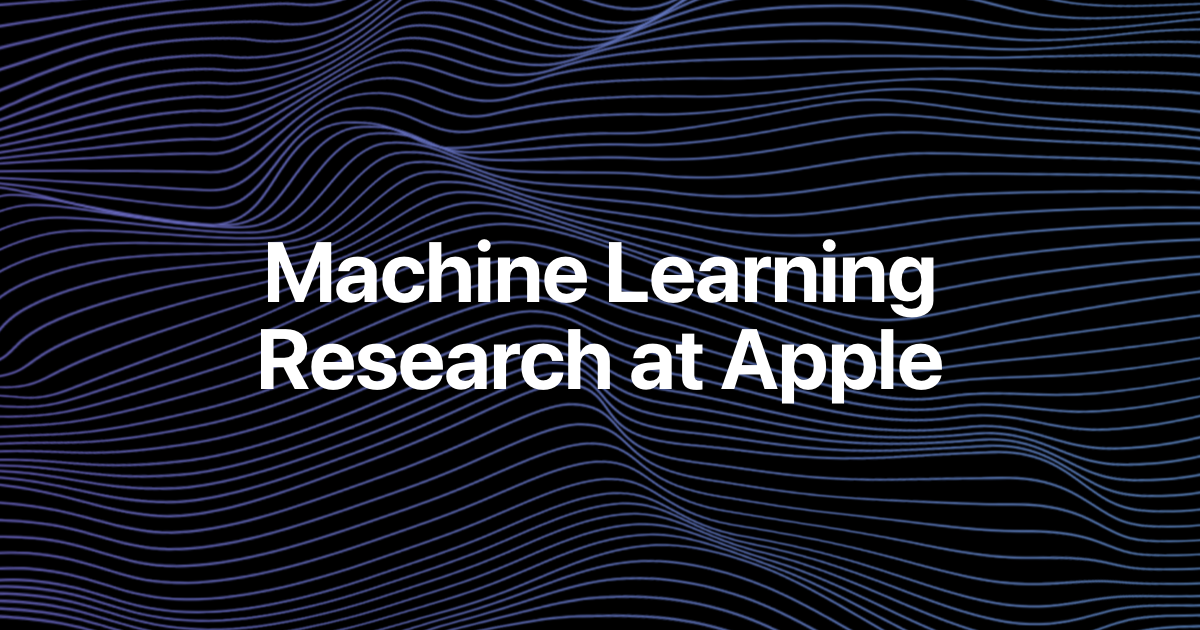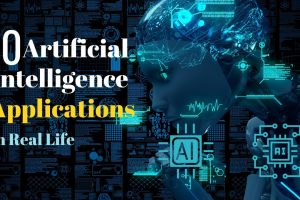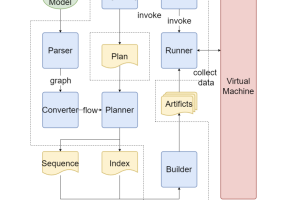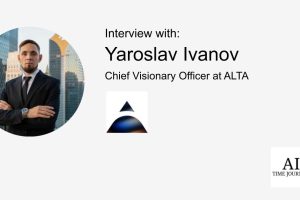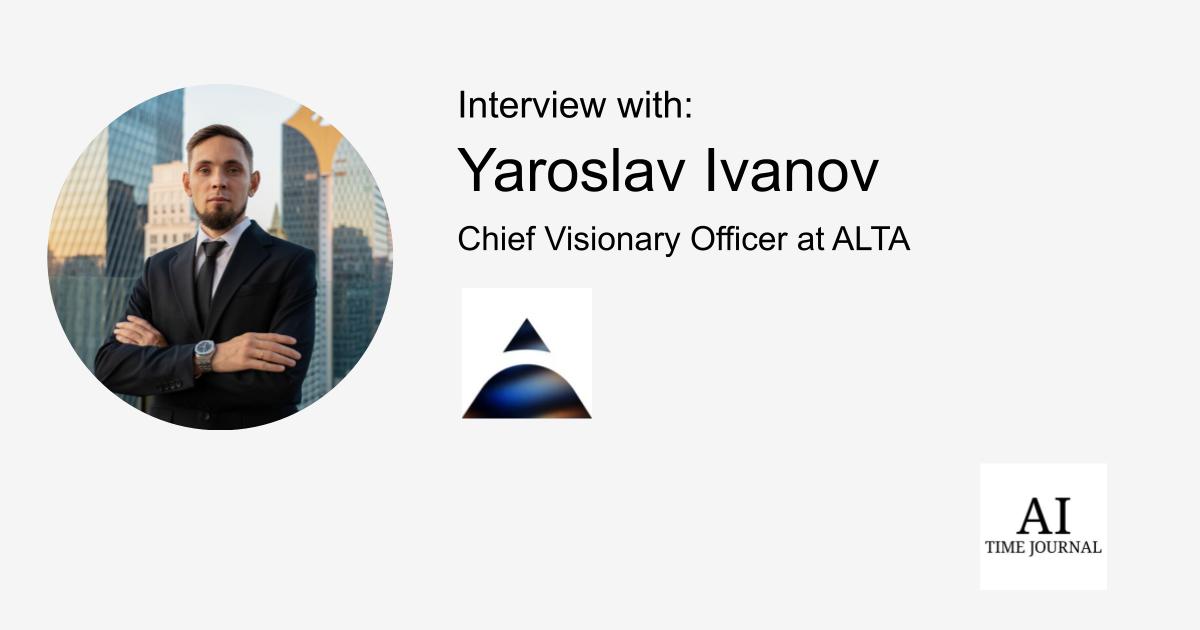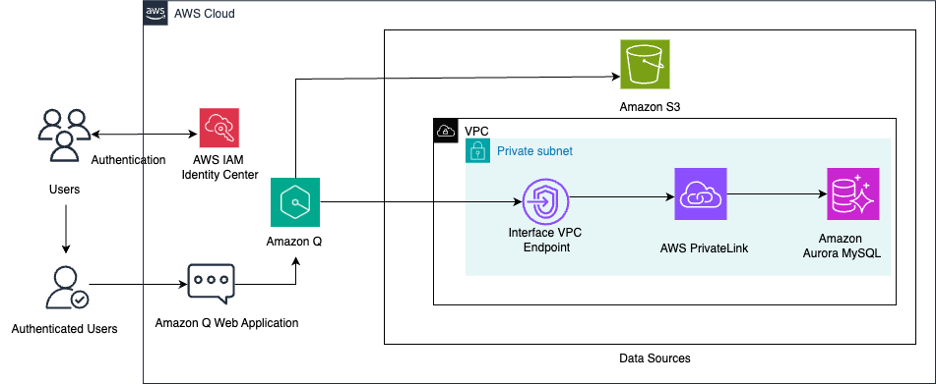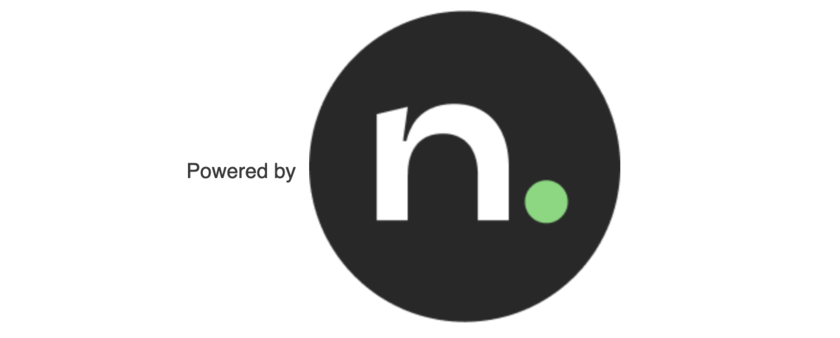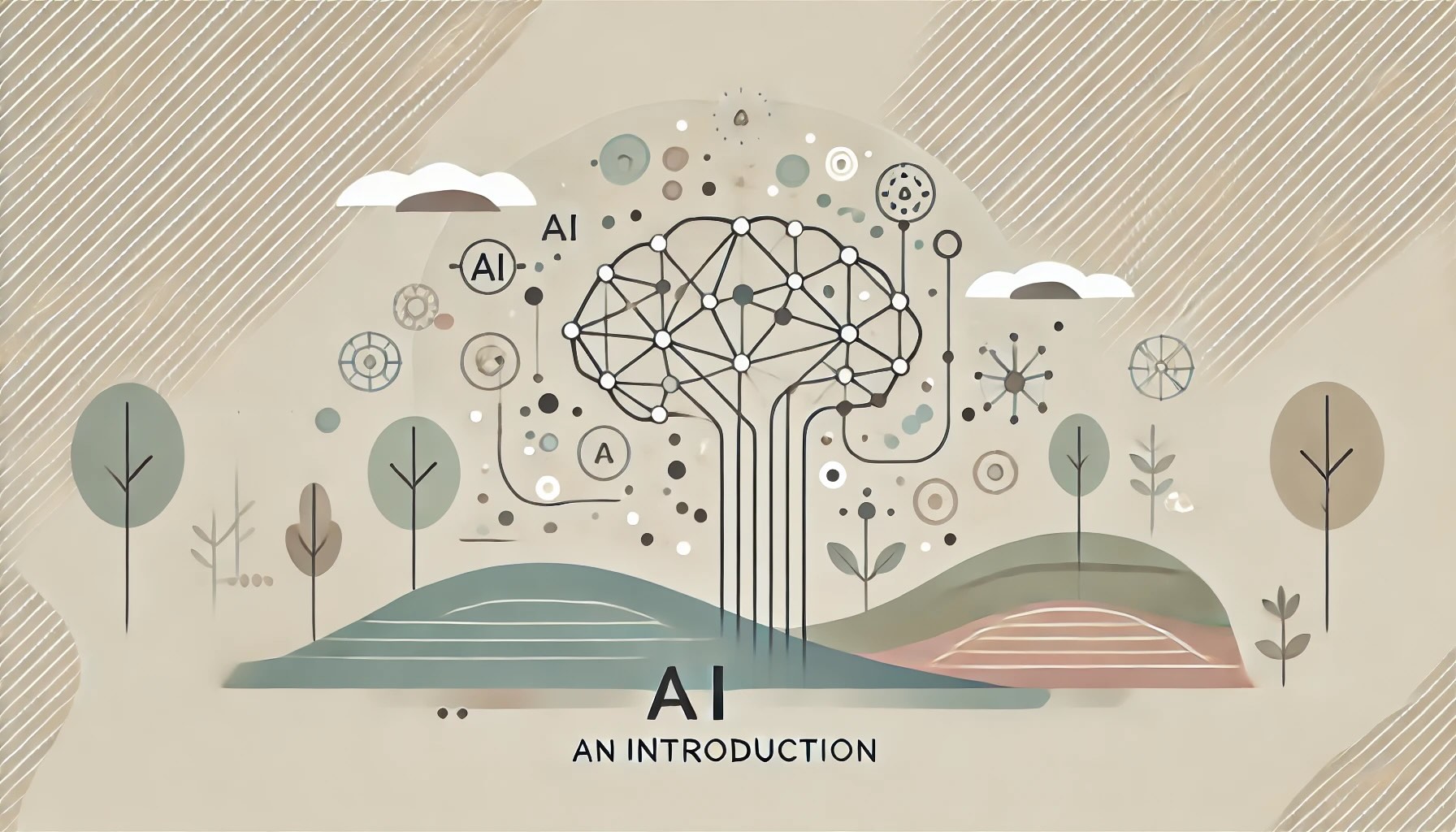In this exclusive interview, we sit down with Yaroslav Ivanov, Co-Founder and Chief Visionary Officer at ALTA, to explore the evolving intersection of AI and blockchain. With a decade-long track record spanning 14 countries, Yaroslav provides a unique perspective on the adoption of AI in blockchain, regulatory challenges, and effective leadership qualities in the tech sector. From groundbreaking applications to ethical considerations and future trends, he offers insights that push beyond conventional thinking. Discover strategic advice for web3 founders, AI-driven innovations, and pivotal career lessons shaping the industry’s future.
With over nine years of experience in the blockchain technology sector, what personal qualities have helped you become an effective leader in this field?
One of the key personal qualities that has defined my leadership is a strong sense of fairness and justice. This principle has guided me in making decisions that prioritize the well-being of users and investors, even in a rapidly evolving and often unpredictable industry. For instance, this commitment drove the implementation of the Liquidity Score Approving service, a tool designed to verify project capitalization and provide transparent global rankings. This initiative has safeguarded investors by preventing losses amounting to billions.
Another defining quality is my ability to focus on education and empowerment. By launching educational initiatives that have attracted millions of users, I helped bridge the knowledge gap in blockchain technology and fostered trust in the industry. These efforts not only promoted innovation but also mitigated risks for new entrants and seasoned investors alike.
Lastly, my dedication to deep analysis of startups and audits has ensured the selection of projects with robust fundamentals and sustainable strategies. Whether evaluating smart contracts or assessing tokenomics, my analytical rigor has been instrumental in reducing risks and enhancing the credibility of the blockchain sector. These qualities collectively empower me to lead with vision, responsibility, and impact.
With your extensive experience in Blockchain across 14 countries, how do you perceive the global differences in the adoption of AI within the Blockchain industry? Are there specific regions leading the way?
The adoption of AI in blockchain differs significantly across regions due to variations in regulatory frameworks, technological infrastructure, and cultural attitudes toward innovation. The United States, for instance, has seen rapid integration of AI in blockchain, driven by institutional players like BlackRock and ARK Invest. The U.S. regulatory environment, while complex, has been increasingly supportive, evidenced by discussions around Bitcoin becoming a part of the country’s strategic reserves. This signals a significant shift in blockchain’s global perception.
Asia is another leader, particularly China and Singapore. China integrates AI with blockchain in areas like supply chain management and digital identity systems, while Singapore fosters innovation through regulatory sandboxes. Meanwhile, Europe, especially Switzerland and Estonia, leads in balancing innovation and regulation, creating fertile ground for AI-driven blockchain applications. These regions demonstrate how a mix of forward-thinking policies and technological investments can accelerate adoption.
As CVO at ALTA, how do you integrate visionary strategies to ensure that AI and Blockchain technologies converge seamlessly in your projects? Could you share an example of how this integration has had a significant impact?
At ALTA, our strategies focus on leveraging AI to enhance blockchain’s scalability, security, and usability. By utilizing machine learning models, we reduced the time and cost associated with manual audits while simultaneously identifying vulnerabilities that traditional methods might have overlooked.
This approach was pivotal in accelerating the launch of several blockchain startups we supported. For example, integrating AI into liquidity score analysis allowed us to provide investors with real-time insights into project health, ultimately fostering trust and attracting substantial funding. This methodology has since become a hallmark of our accelerator program, setting a new standard for due diligence in the blockchain industry.
Considering your expertise in crypto regulation, what are the regulatory challenges you foresee in the integration of AI with Blockchain, and how can these be addressed to foster innovation while ensuring compliance?
The main regulatory challenges lie in data privacy, accountability, and the transparency of AI algorithms. Blockchain’s decentralized nature often clashes with centralized AI frameworks, creating compliance complexities under regulations like GDPR in Europe or CCPA in the U.S. Ensuring that AI systems operating on blockchain networks adhere to such standards without compromising decentralization is a significant hurdle.
To address these challenges, I advocate for the development of decentralized AI protocols that align with blockchain’s ethos. At ALTA, we also work closely with regulators to establish frameworks that balance innovation with compliance. For instance, we promote the auditable deployment of AI in smart contracts to ensure transparency and legal alignment. Cross-border regulatory harmonization will also be critical, as blockchain and AI operate on inherently global networks.
For web3 founders looking to incorporate AI into their Blockchain projects, what bold decisions do you believe they should be making now to stay ahead of the curve?
Web3 founders should prioritize embedding AI into their core infrastructures from the outset, rather than treating it as an auxiliary feature. Bold decisions should include investing in AI tools for predictive analytics, tokenomics optimization, and anomaly detection. Founders must also collaborate with AI specialists to ensure their blockchain systems are not only innovative but also compliant with emerging global regulations.
Strategic partnerships with AI-focused research institutions and early engagement with regulators are equally important. By addressing ethical considerations—such as algorithmic transparency and bias—at an early stage, founders can build trust and position themselves as leaders in responsible innovation.
How do you see the role of AI in enhancing the security and efficiency of Blockchain networks? Are there specific AI-driven innovations that you believe will become industry standards?
AI will play a critical role in real-time anomaly detection on blockchain networks, identifying fraudulent transactions or potential security breaches before they cause harm. This will become an industry standard, particularly in DeFi and tokenized assets. Additionally, AI can optimize consensus mechanisms, reducing energy consumption and improving transaction speeds, which is essential for scaling blockchain networks.
Another innovation likely to become standard is AI-driven compliance monitoring, which automates the verification of blockchain projects against regulatory requirements. This will ensure smoother interactions between blockchain companies and regulatory bodies, fostering greater trust and adoption.
In your experience working with Blockchain companies globally, what are the most common misconceptions about the intersection of AI and Blockchain that you encounter, and how do you address them?
A common misconception is that AI and blockchain are inherently incompatible due to blockchain’s decentralization and AI’s reliance on centralized data processing. This overlooks the emergence of decentralized AI protocols, which are specifically designed to operate within blockchain ecosystems.
Another misconception is the fear that AI will render blockchain obsolete. On the contrary, AI complements blockchain by enhancing its analytical and operational capabilities. I address these misconceptions by showcasing successful use cases, such as AI-powered tokenomics and anomaly detection, which clearly demonstrate how the two technologies synergize to create new opportunities.
As someone who assists web3 founders in fulfilling their purpose, how do you advise them to balance the ethical implications of AI use in Blockchain with the pursuit of innovation and growth?
Ethical considerations must be a cornerstone of any AI-blockchain project. Founders should prioritize transparency by making AI algorithms auditable and ensuring that data privacy laws are upheld. At ALTA, we emphasize the importance of designing AI systems that are both innovative and ethical, as breaches in trust can severely hinder adoption and growth.
Moreover, founders should engage with stakeholders—including regulators, users, and developers—to create a shared vision for ethical AI use. Balancing innovation with responsibility is not only the right approach but also the most sustainable path to long-term success.
Looking ahead, what are your predictions for the evolution of AI within the Blockchain industry over the next decade? What trends should industry leaders be paying attention to?
Over the next decade, AI will become an inseparable part of blockchain. AI-driven DeFi platforms, capable of managing liquidity pools and executing trades autonomously, will dominate financial markets. Decentralized AI networks will also emerge, enabling AI to function directly within blockchain ecosystems, aligning with their decentralized ethos.
Industry leaders should monitor the convergence of AI and IoT (Internet of Things) with blockchain, as this will unlock new applications in supply chain management and smart cities. Additionally, the rise of AI-governed DAOs will redefine organizational structures, creating efficient, bias-free decision-making systems.
Can you share a pivotal lesson from your career where your forward-thinking approach enabled a breakthrough in the blockchain industry, particularly through the application of AI? What insights can others draw from this experience?
A defining moment in my career was the integration of AI into blockchain audits at a time when the industry was largely reliant on manual processes. This was met with significant skepticism, as many stakeholders believed traditional methods were more reliable. However, I recognized the potential of AI to not only enhance efficiency but also uncover vulnerabilities that human audits might overlook.
One particular breakthrough occurred during a project where we deployed AI-driven algorithms for anomaly detection. The system identified multiple critical flaws that could have led to substantial financial losses. This intervention not only safeguarded the project but also saved millions of dollars and reinforced investor trust. The success of this initiative demonstrated the transformative power of combining AI with blockchain technologies, ultimately paving the way for its broader adoption across the industry. The key lesson I learned is that persistence and foresight are essential for driving innovation. Being a visionary often means standing firm in your convictions, even when your ideas challenge the status quo. True breakthroughs occur when you combine a deep understanding of technology with the patience to allow your vision to materialize and the ability to deliver measurable results. For others, this underscores the importance of embracing emerging technologies early, not as risks, but as opportunities to lead transformative change.


